The application scenarios of Industrial Hydraulic Slewing Drive are diverse, and different equipment and operating conditions have different requirements for the performance parameters of the drive device. In order to meet the specific needs of our customers, our manufacturers provide customized services and customize performance parameters according to specific application scenarios.
Firstly, we need to have a deep understanding of the customer's needs and operating conditions. This includes the rotation radius, load weight, rotation speed, rotation accuracy, working environment (such as temperature, humidity, corrosiveness, etc.), and working time of the equipment. Through sufficient communication with customers, we can accurately grasp their actual needs.
Based on customer needs and operating conditions, we conduct preliminary design of performance parameters. This includes determining key parameters such as displacement, working pressure, and speed range of the hydraulic motor; Choose the appropriate type and ratio of gearbox to achieve the desired output torque and speed; Design a reasonable braking system and safety protection device to ensure the safe and reliable operation of the device; And consider external factors such as the weight, size, and installation interface of the device to meet the overall layout requirements of the equipment.
Through simulation analysis, we can predict the performance and behavior of the device under different operating conditions, thereby discovering potential problems and optimizing design. This process may require multiple iterations until the performance parameters meet the customer's requirements.
Finally, we conducted production manufacturing and testing verification based on the optimized performance parameters. During the production process, we strictly follow the design drawings and process requirements for processing and assembly, ensuring that every hydraulic rotary drive device meets the design requirements. At the same time, we conduct rigorous performance testing and reliability verification to ensure that the device can operate stably and reliably in practical applications and meet specific customer needs

 ENG
ENG
 English
English русский
русский Español
Español
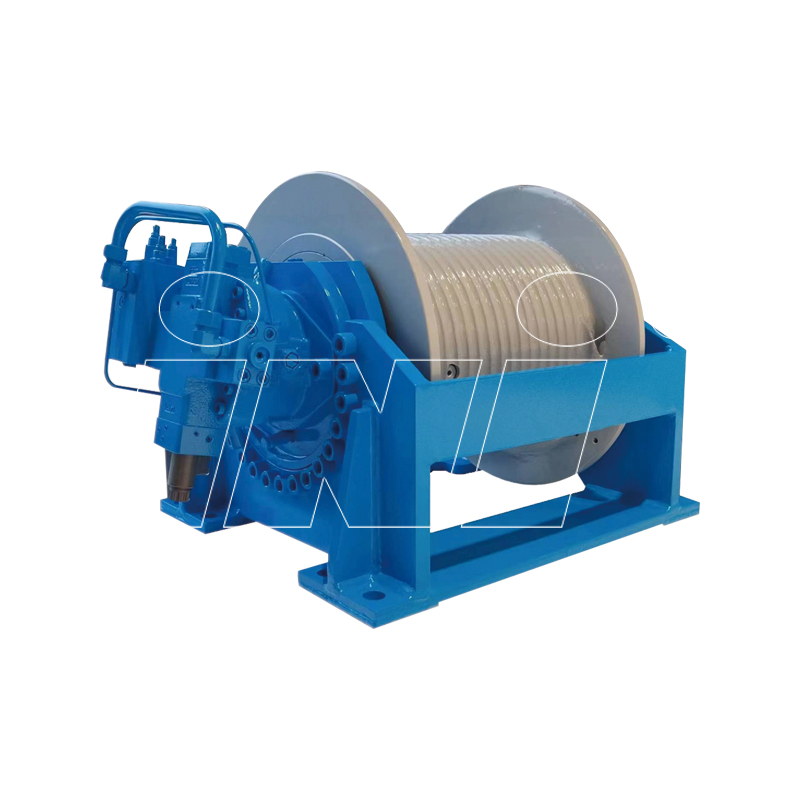
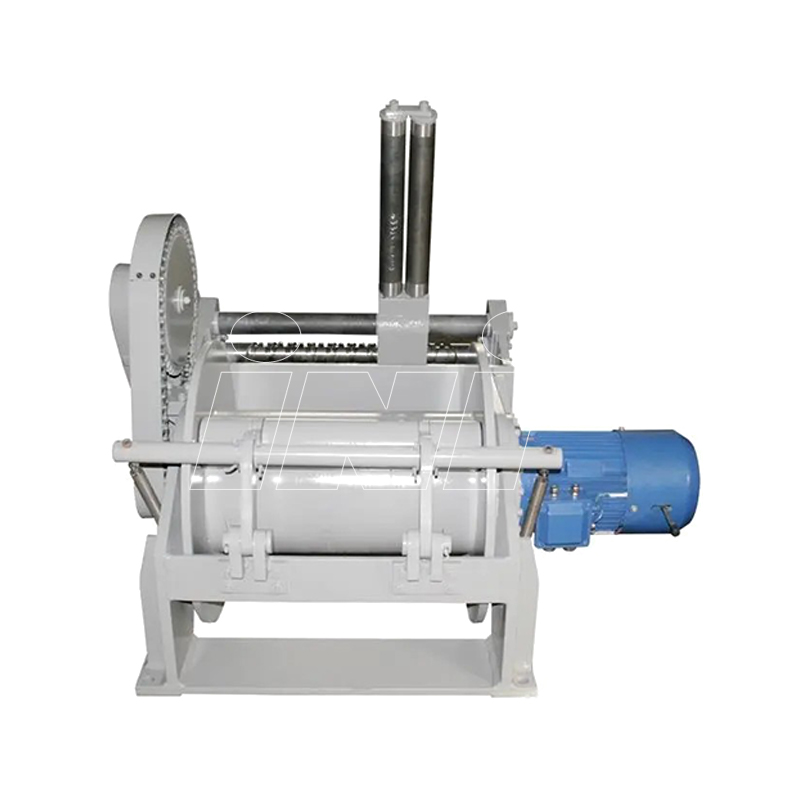
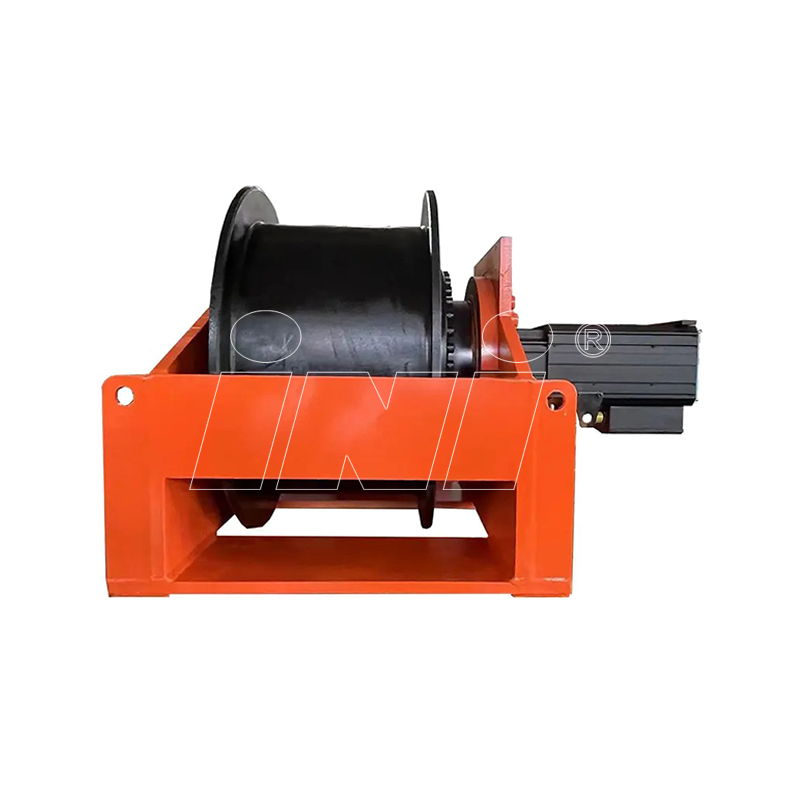

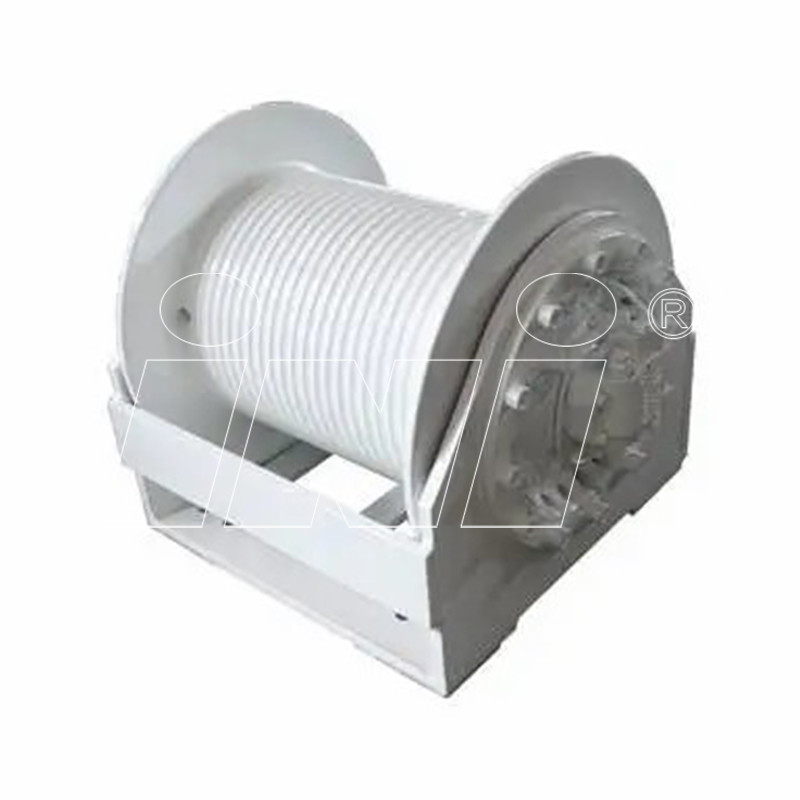
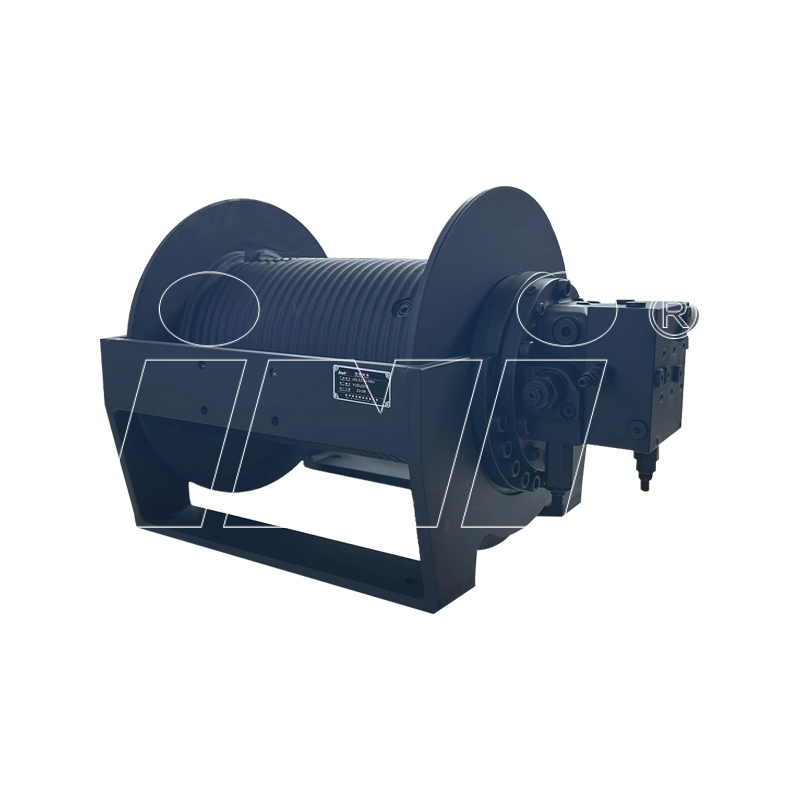
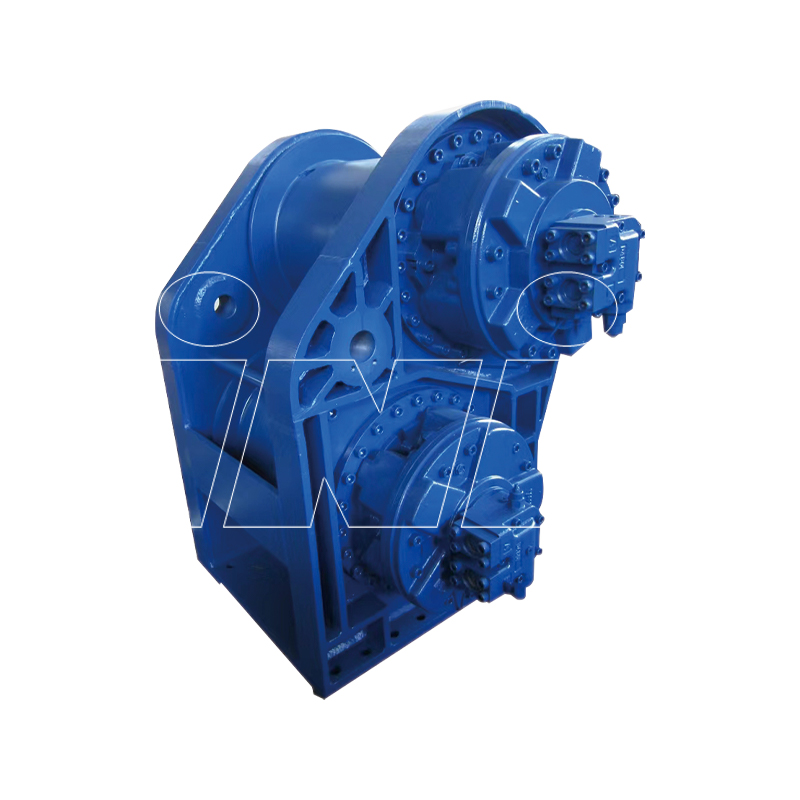

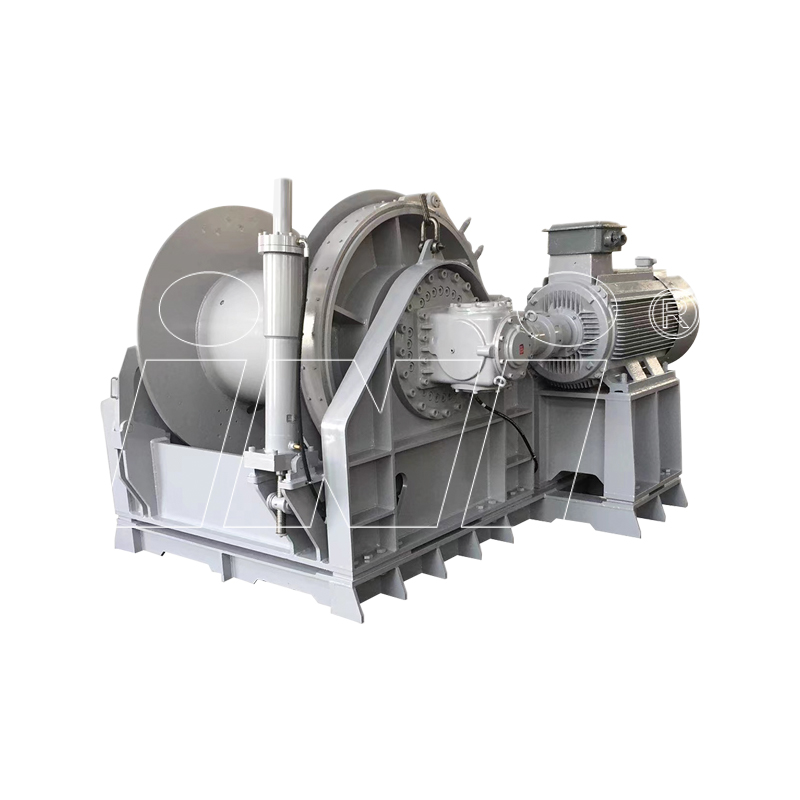





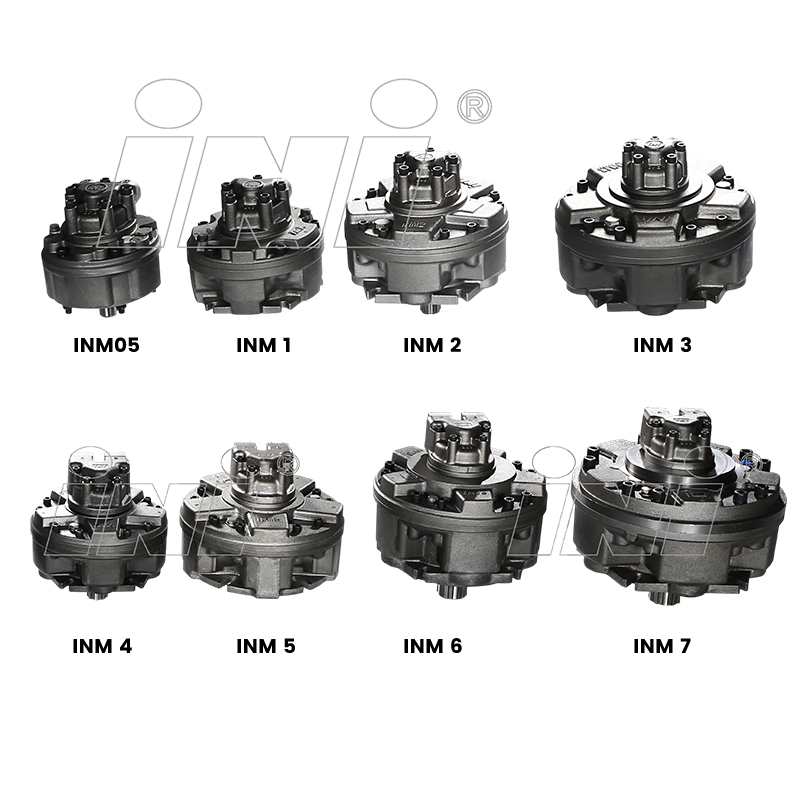

 English
English русский
русский Español
Español
 TOP
TOP